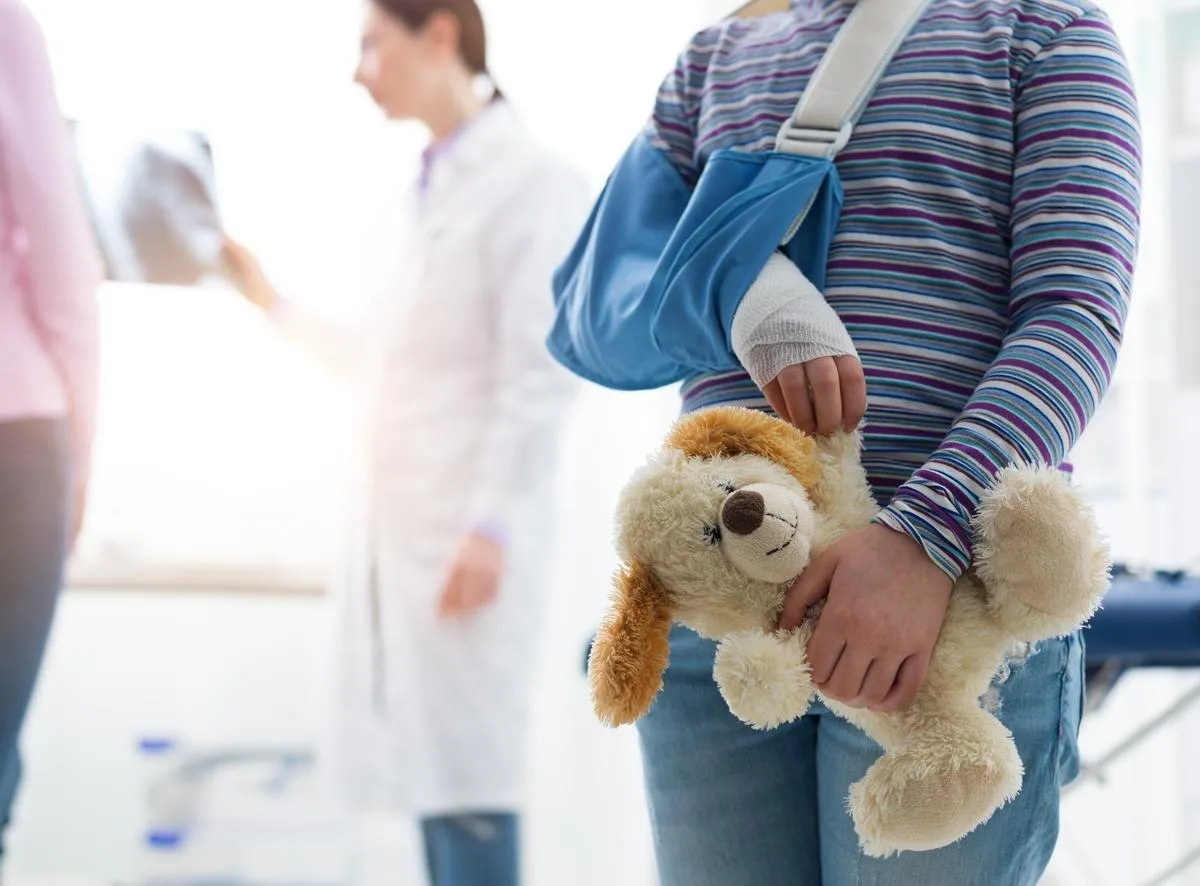Opioid Prescribing Guidelines for Acute Pain in Children: A Focus on Child Health

Opioid Prescribing Guidelines for Acute Pain in Children
MONDAY, Sept. 30, 2024 (HealthDay News) -- In a clinical practice guideline issued by the American Academy of Pediatrics and published online Sept. 30 in Pediatrics, recommendations are presented for opioid prescribing for acute pain management in children and adolescents in outpatient settings.
Scott E. Hadland, M.D., M.P.H., from Harvard Medical School in Boston, and colleagues recommend that acute pain should be treated using a multimodal approach, including appropriate use of nonpharmacologic therapies, nonopioid medication, and opioid medication, when needed. For children and adolescents with acute pain, opioids should not be prescribed as monotherapy.
Key Guidelines
- Clinicians should prescribe immediate-release opioid formulations.
- Start with the lowest age- and weight-appropriate doses.
- Provide an initial supply of five or fewer days when using opioids for acute pain management, unless related to trauma or surgery with an expected duration of more than five days.
Codeine or tramadol should not be prescribed for children younger than 12 years; for adolescents age 12 to 18 years with obesity, obstructive sleep apnea, or severe lung disease; for treating postsurgical pain after tonsillectomy or adenoidectomy in patients younger than 18 years; or for any breastfeeding patient.
Caution should be exercised when prescribing opioids for acute pain in children or adolescents who are taking sedating medications. Naloxone should be provided when opioids are prescribed, and patients and families should be counseled on the signs of opioid overdose and how to respond.
This article was prepared using information from open sources in accordance with the principles of Ethical Policy. The editorial team is not responsible for absolute accuracy, as it relies on data from the sources referenced.